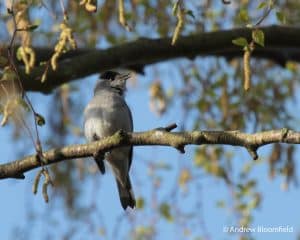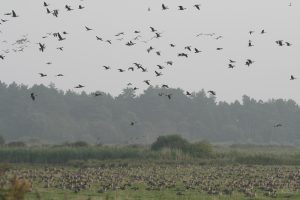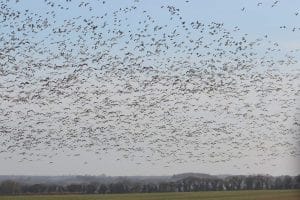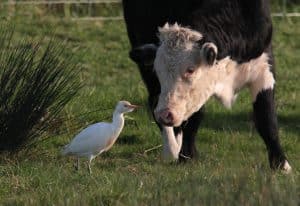The Big Farmland Bird Count
April 21, 2019 | Nature news | 5 minute read
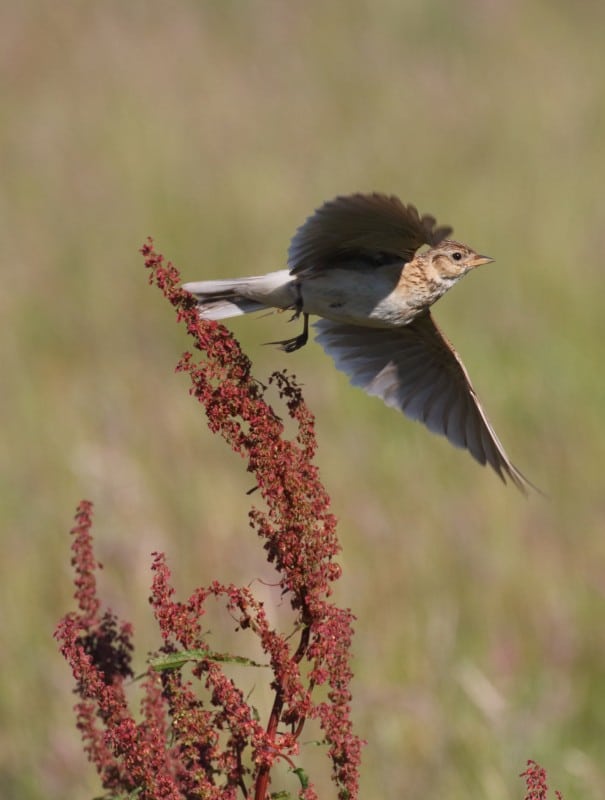
The Skylark, a typical farmland bird that has dramatically declined in the arable landscape of the UK
This February the estate became involved with the National Farmer’s Union’s Big Farmland Bird Count, a nationwide initiative (open to all farmers and landowners) to assess the number of farmland birds using given areas in any one week during the month. The bird count proved not only fun for those undertaking the counts but also helped us to work out how good some areas were for attracting large numbers of birds and how other areas were very impoverished. With the subject of declining numbers of many traditional farmland species in the UK never far from conservation headlines, it seemed only fitting that a large estate such as Holkham (c.25,000 acres) should be involved.
We are all too well aware that the countryside is not the place it once was, efficient modern farming practises are frequently at loggerheads with wildlife and the Holkham Estate is very eager to try and reverse such downturns. By carrying out the counts we were perfectly able to see the work that lay ahead but also the positives from various agri-environmental schemes which have allowed birds to prosper in pockets of habitat that clearly contrast with intensively tilled arable fields. The results of our inaugural count was overwhelmingly good; we managed to survey a total of 48 separate farms, over 25,000 acres and a count up to 102 species and a grand total of 28,500 actual birds. Quite a feat and one that saw us ‘top the chart’ for Norfolk.
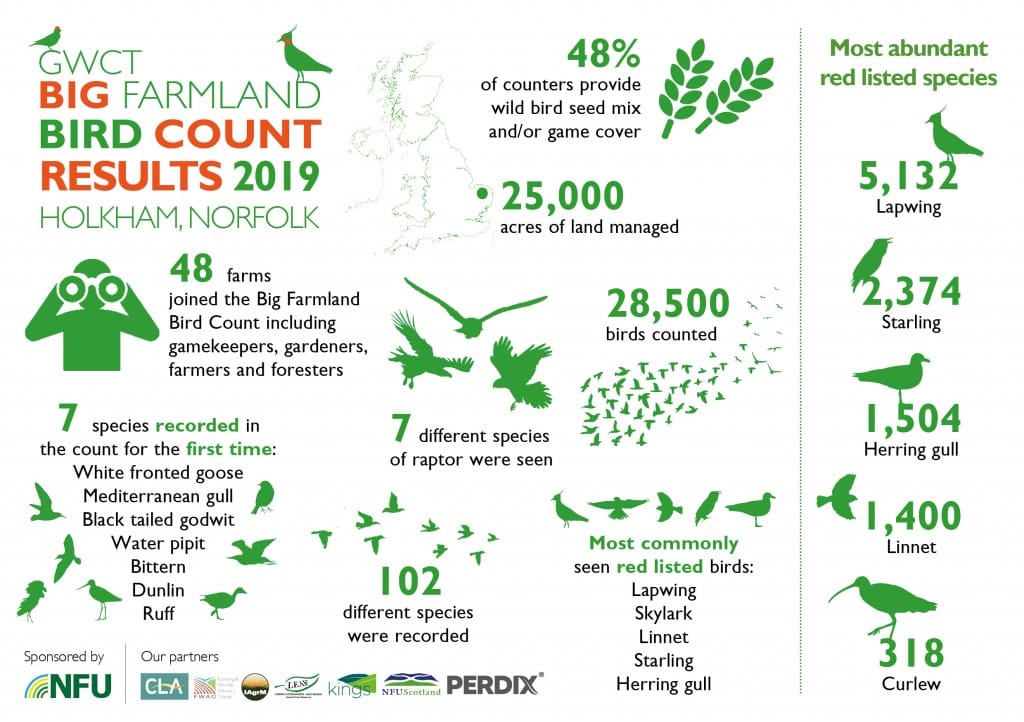
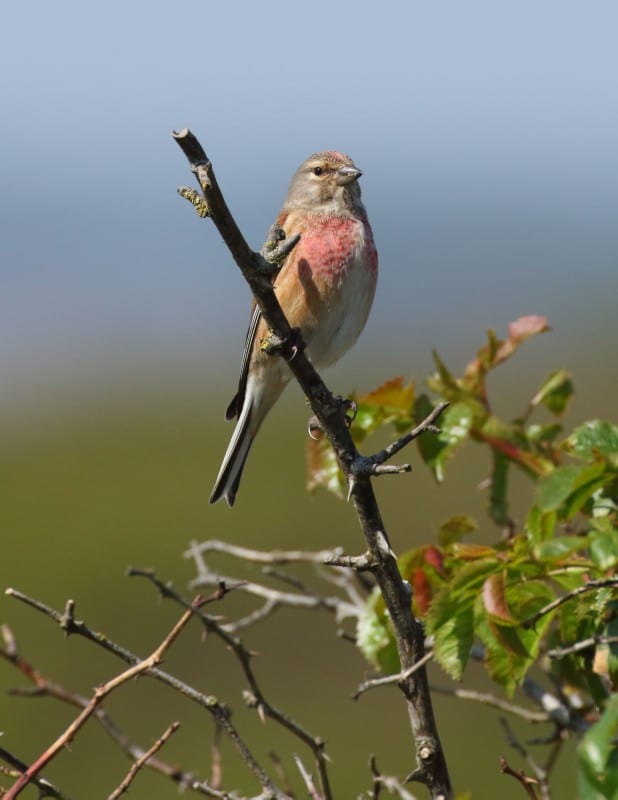
The Linnet, a breeding bird of hedgerows that thrives in the winter months on areas with plentiful seeds to feed from
The series of counts also enabled involvement by a multitude of volunteers, tenant farmers, gamekeepers and wardens. We also managed to tempt interested staff members from other departments out into the field to see what the countryside offers (or doesn’t) for wildlife in the landscape close to where they live and work, yet have otherwise not experienced. One such outing saw myself accompanied by Hermione Warmington from the Land and Property Department and local farmer Mr Stilgoe from Burnham Market survey the fields, hedgerows and woodland edges of the land that he has worked for years.
Being situated a few miles inland, yet on the rolling, undulating land close to Beacon Hill (one of the highest points in the area) it commands views in every direction and is as an idyllic a spot in an arable landscape as one could imagine. After an hour’s watching (the designated time for the survey), we managed to record 30 species. It was hardly ground breaking, a reflection of modern arable land yet a good cross section of the birds that could be expected. As it was a bright sunny morning the first Great Spotted Woodpeckers were ‘drumming’ their bills into dead wood, a form of territory proclaiming that is often one of the first signs of spring.
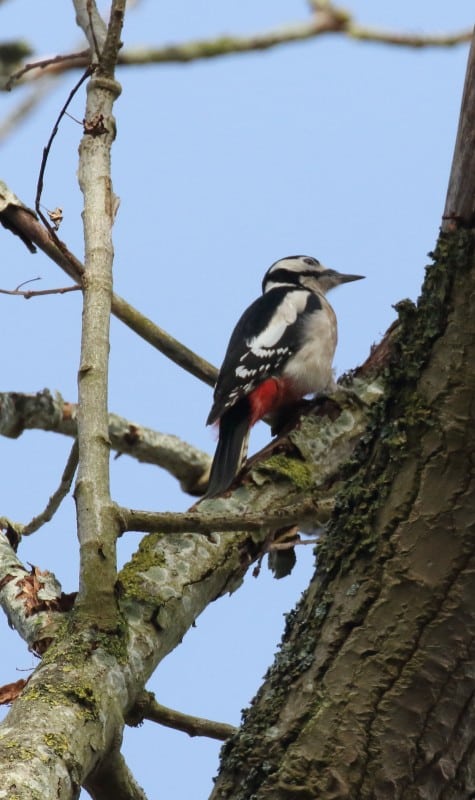
The Great Spotted Woodpecker, the commonest member of its family in the English countryside
Similarly Skylarks were beginning to lift and sing their distinctive melodies high above the open grass margins left purposefully for them. We counted some 76 Skylarks, along with 65 Linnets, both species in decline nationally that need every little bit of suitable unkempt habitat in which to thrive. Also counting a group of Bramblings, finches from the pine forests of northern Scandinavia that winter in the UK was a pleasant surprise. It gave us hope that birds were clinging on and with similar habitat efforts as those put in place, that other farms could offer more opportunities for birds which in many places, have simply disappeared. It was also great to share the experience of watching and counting wildlife with a couple of enthusiastic companions, both from very different backgrounds, yet eager to see wildlife prosper in the wider countryside
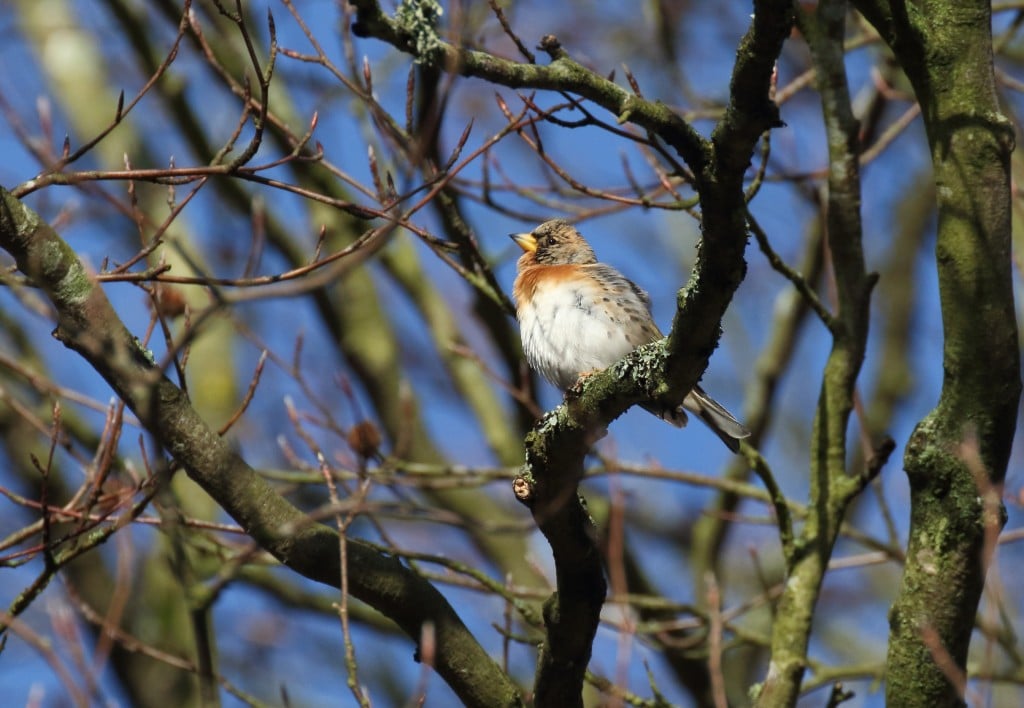
The Brambling is a finch from the forests of Scandinavia and northern Russia that moves south to winter in the UK. Here it prefers beech nuts or seeds found on uncultivated fields
View all latest blog posts here.
Back to Journal Back to Journal